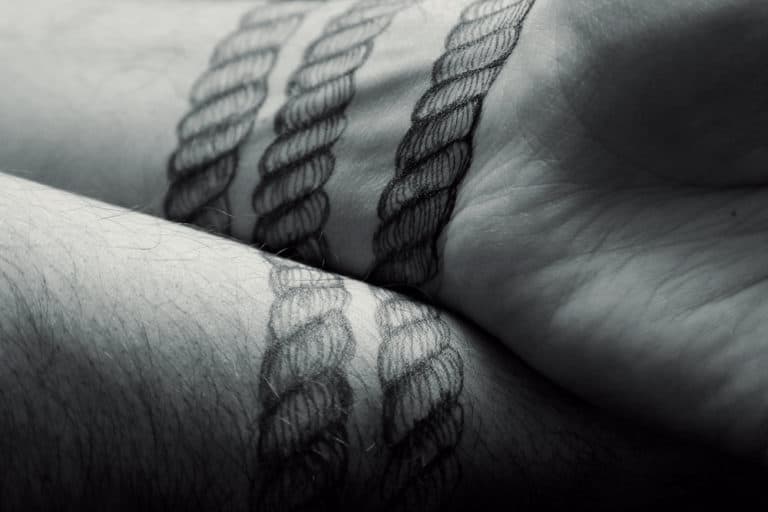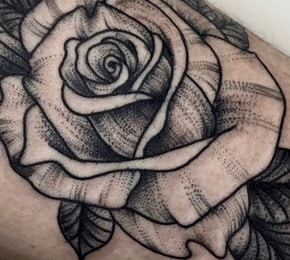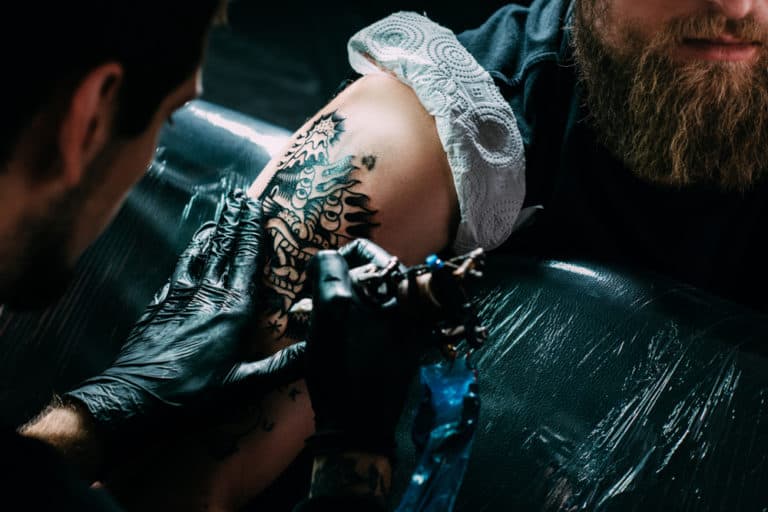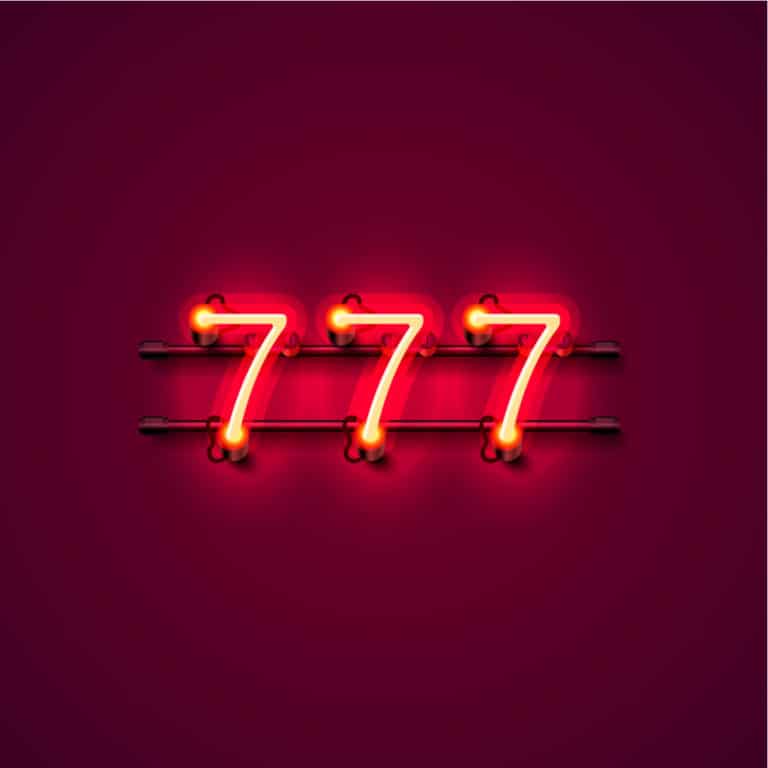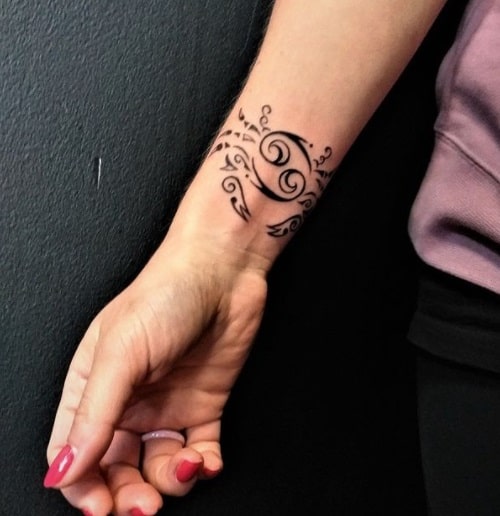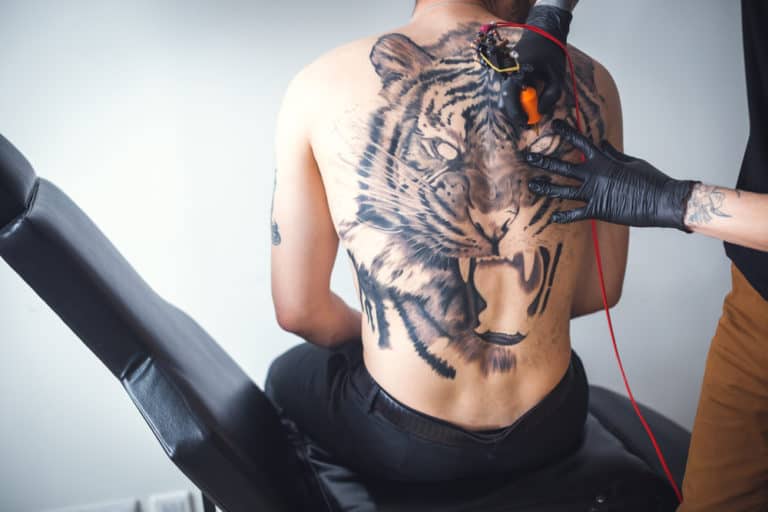Do Tattoo QR Codes Actually Work?
The styles of tattoos available are endless, and every couple of decades, there is a new fad or craze that hits, and everyone has to get it tattooed. Tattoo artists get inundated with demands, and a few years ago, QR code tattoos became famous; like a type of barcode, the QR code has to scan and be processed, so do tattoo QR codes actually work?
Tattoo QR codes do work. When properly applied, QR code readers will scan and relay the embedded information accurately. Placement of the QR code tattoo on the body is vital not to be affected by skin sagging in the future. Accurate application of the QR code tattoo will determine its functionality.
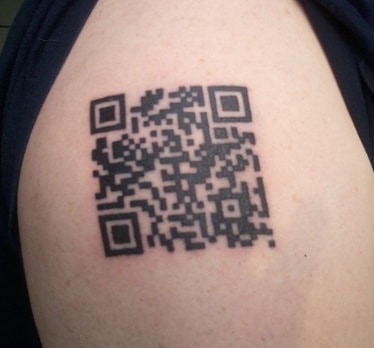
Around ten years ago, a man named Fred Bosch decided to have a QR code tattooed on the inside of his forearm. Social media thought this was a crazy idea, but he went with it anyway, wanting to prove that QR code tattoos can function as a tattoo just as well as what they do digitally or on paper. He decided to create a random image generator QR code and placed it on his inner forearm. It still functions to this day. Let’s explore the fundamentals of a QR code tattoo;
What Is A QR Code?
The Japanese automotive industry designed the QR code back in 1994 to streamline its parts tracking and identification. The QR code abbreviation stands for ‘Quick Response code’ and consists of 4 standardized encoding modes: alphanumeric, numeric, kanji, and binary/byte. The QR code quickly became more popular in the rest of the world due to its quick readability and large data storage capacity.
A QR code consists of a combination of black squares arranged in a grid formation on a white background; there are various patterns inside this grid wherein the information is embedded. A camera or a QR code reader using the Reed-Solomon error connection is used to extract and interpret the QR code’s information.
Why is this important?
For your QR code tattoo to work when scanned from your skin, there are several things to consider. Unless you just want a cool-looking QR tattoo, read no further.
How Do I Generate My Own QR Code For Tattoo?
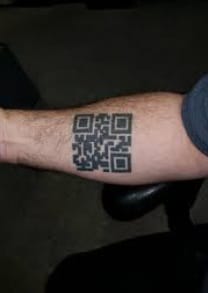
Once you have decided on getting a QR code tattoo, the next thing you need to do is find a QR code that you want. The most important thing about the QR code tattoo is going to be functionality. Will it work? How will I know? You can follow the necessary steps below to generate your QR code;
- Find a QR code generator. There are several QR code generators online. Most are free, but for more advanced codes, you will have to pay.
- Decide on the code. What is it that you want your QR code data to be? Do you want an image? Do you want a GIF, or do you want a phrase?
- Enter the data. Now you enter the data needed to create your code’s content or turn an image into data.
- Customize the code. You can add any customization in this step.
- Test the QR code. You should test the generated code a few times to make sure it works and brings up the correct information when scanned.
- Print the QR code. Print out your code on the highest dpi available. The better the print quality, the more comfortable for your tattoo artist to copy it.
Tattooing The QR Code.
Just like a barcode, the QR code is very data specific. The lines on a barcode need to be exact in width for the barcode scanner to read it. Similarly, the QR code has squares and blocks that need to match up correctly on the skin so that the camera and code processor can accurately translate the data into whatever it needs to represent.
Your QR code’s data content must have longevity; some generators only produce limited time use codes, so before you tattoo it on, make sure. Before you just head off to the nearest tattoo parlor, you need to ask these questions;
- Does the artist know what a QR code is? The tattoo artist needs to know that a QR code is a 2D data barcode in essence.
- The content needs to be permanent. Wanting to be super creative can backfire here, don’t use things like a website name, which can disappear in a few years.
- Choose Static over Dynamic code. A Static QR code is permanent for life, and you cannot edit it after it is created. A Dynamic code can be edited, so if the code generator disappears, so will your tattoo functionality.
- Has the artist tattooed a QR code before? The artist needs to tattoo it onto your skin expertly because of the highly sensitive methods of analyzing data modules in a QR code.
- Less is more. Some artists who have tattooed QR codes before suggest to use s little less ink than what you think you should, this way, you can fill in if need be, but you can’t subtract from a tattoo.
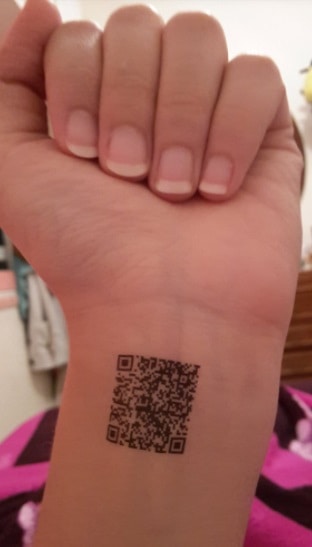
Tattoo On A Flat Body Surface
The ideal place for a QR code tattoo would most definitely be on any flat skin surface like the inner forearm, upper shoulder, back, and back of the shoulder. This is because a QR code scanner will not read a code that has not been applied on a flat surface. The skin on these areas is also less likely to sag quickly and wrinkle as you age.
Color Contrast Of The QR Code Tattoo
The QR code works best when there is a black code on a white background. However, when tattooing on the skin, it will be challenging to get the same contrast a printer can deliver. The rule here would be :
- Lighter skin – Use the darker color contrast for the code.
- Darker skin – Go for the lighter color contrast for the code.
Error Correction Property. Why Is That Important?
QR codes have a built-in error correction percentage to ensure readability if it becomes dirty or damaged. They use four levels of correction, namely Level L, H, M, and V. As the skin is likely to change over time, it would be advisable to choose a QR code generator that adds in error correction of up to 30%.
What Size Should My QR Code Tattoo Be?
For a QR code scanner or camera to read and extract data from it, a QR code’s minimum size is 2cm x 2cm or 0.7 inches x 0.7 inches. This is very small for a tattoo as the ink can bleed over time, and the camera will have a hard time reading it. The best size for a tattoo of a QR code would be at least 5cm x 5cm or 1.9 inches x 1.9 inches.
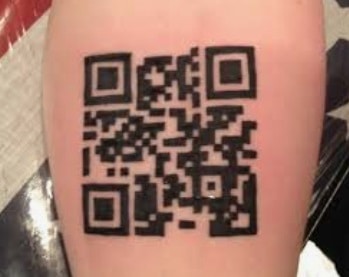
The bigger the tattoo size, the better the quality of the QR code will be for a camera to capture and read. The artist should be using a single needle for the application of your tattoo. With this type of tattoo, aftercare is going to be crucial. Don’t neglect to follow your artists’ instructions with regards to the application of aftercare lotion. As a functional tattoo, picking a scab and lifting a piece of ink can change the readability.
What Can I Embed In My QR Code Tattoo?
Here are a few things you will be able to embed inside your QR code tattoo
- Telephone number
- Email address
- Social media accounts
- Business details
- GIF
- Cartoons
- Name or special phrase
- Medical details
- Special photo
- Secret information
Conclusion
Getting a QR code tattoo is edgy and trendy and can be a great conversation point. Unlike a barcode tattoo, which tends to lose shape faster, these tattoos are bolder, more functional, and here to stay. Suppose you generate it on a highly rated application and have it tattooed onto your skin by a professional tattoo artist. In that case, the QR code tattoo should still function just as well in 20 years from now, provided your code generator program is still around. A QR code tattoo can be your very own time capsule.

